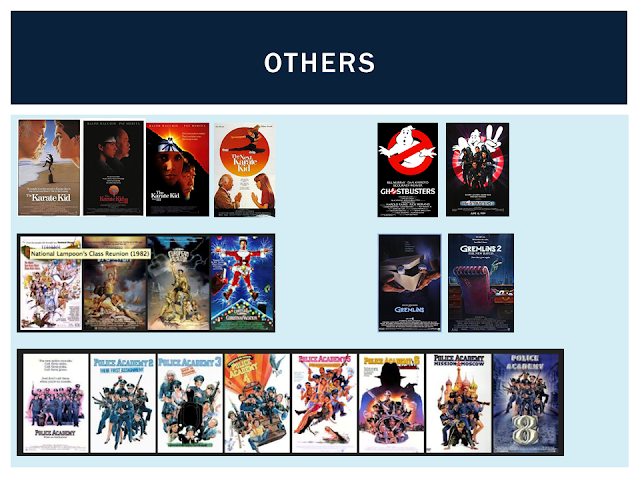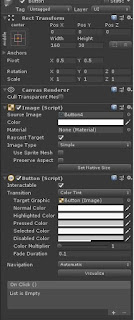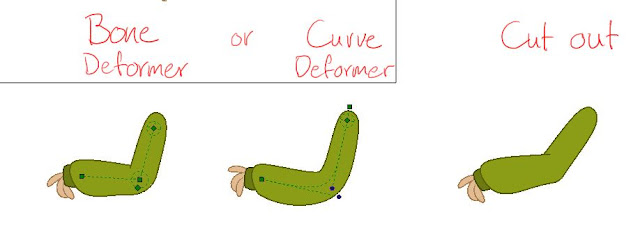Toru Iwatani created Pac-Man in 1980. A version of this was the first arcade game to be ported to home console. Ma. Pac-Man became the best-selling arcade game of all time in 1982. The working title of Puck Man was changed so americans couldn't change the p to f on the cabinets.

On-Line Systems was co-founded in 1980 by Roberta Williams and her husband Ken. The first PC graphic game Mystery House was designed by Roberta. She went on to make the first animated 3D adventure game in 1984 called King's Quest. This series sold millions of copies and had 8 games in the series. Her 1995 game Phantasmagoria had a $4mill budget, took 2yrs to develop and sold over 1mill copies.

Donkey Kong by Shigeru Miyamoto was released in 1981. This introduced "Jump Man' which was an early version of Mario from Super Mario.

I remember this from my childhood! Endless fun.
Centipede was developed for Atari in 1981, and was a huge hit particularly with the female player base.(One of the first to achieve this) Dona Bailey programmed the game and Ed Logg designed it.

1982 was when the movie Tron was released by Disney as a way to tap the video game trend. The Last Starfighter(1984), Wargames(1983) and The Wizard(1989) also tried to get in on the trend. Balle Midway released an arcade game in 1982, based on scenes from the movie. Atari release E.T to tie in with the movie in 1982. The developer Howard Warshaw had 5.5 weeks to design and make the game so it was ready for christmas. It was most likely this reason that it is still cited as one of the worst video games ever. The worldwide video game industry had a huge slump in 1983, with consoles losing 90% of their value. The majority of the blame is placed on the E.T video game.

Nintendo released the Famicom(Family Computer Console) in 1983. By the end of the decade, 37% of Japanese homes had one. Nintendo had to wait 2yrs to release it in USA due to the crash. It was renamed Nintendo Entertainment System upon its US release. M.U.L.E by Dan Bunten was a big push for multiplayer games.
Tetris was created in 1984 by a russian mathematician called Alexey Pajitnov. 1989 saw many companies claiming the distribution and creation rights of the software. The Soviet government actually held the rights, and licensed them to Atari(Arcade) and Nintendo(Handheld/Console). These two companies sued each other back and forth for years. Nintendo developed the Game Boy in 1988 and got the rights to bundle Tetris with the Game Boy instead of Super Mario Bros. 1985 saw Nintendo revive the US video game industry with its NES. ¡https://tetris.com/play-tetris
I have spent many years playing tetris, the latest variation is Tetris Blitz which gives you 2mins to get as many points as possible using bonuses and line clears.

1986 saw educational software Reader Rabbit get introduced to the market. CD's in the 90's helped the market survive until the internet arrived and crashed it again. Andrew Bradfield from Dunedin developed Laser Hawk for the Atari 800, Harvey Kong Tin designed the graphics and it came on 4 floppy disks.

Legend of Zelda, Dungeons and Dragons, and Leisure Suit Larry thrust Fantasy RPG into the mainstream in 1987. 1989 saw Joe Madden Football bring realism to computer games. 1989 was the year of the Game boy, helping to attract non-traditional gamers due to the fact that it came with Tetris. It was discontinued in 2003, after selling 118.69 million units worldwide. The Nintendo Power Glove was also released in 1989, enabling a hand gesture interaction to move their characters. Due to limitations and crappy resolution, this product failed commercially although Nintendo persevered and release the Wiimote in 2006. Dillon Markey is a stop-motion animator that rewired his glove to use bluetooth to communicate with the stop motion software, helping him animate more efficiently.

The 1980s was when Hollywood introduced "High Concept" films. Designed for broad mass appeal they were stylish, stereotypical characters and highly promotional. They used prototypes from 1970's, Jaws, Alien and Star wars. Producer Don Simpson and his partner Jerry Bruckheimer are the ones credited with the high Concept Film creation. Many of the films were aimed at teenagers/pre-teens ie Revenge of the Nerds and Screw Balls.

John Hughes was responsible for a lot of "coming of age" films like Sixteen Candles, Breakfast Club and Weird Science. The 1980's was also when the Sequel explosion occurred.

John Carpenters film Halloween(1978) was so successful that it caused a horror movie revival in the 80's.
Love the Die Hard series, Bruce Willis is great as the lead role.
I have watched all 5 of these throughout my childhood, they always seemed have a much longer runtime back then than they actually have.
I hadnt seen the original Tron until we watched it in class, but I enjoyed the re-make including the Jeff Bridges cameo in a different role.
I watched Dirty Dancing for the first time a few weeks ago, it was definitely not what I expected. Far less scandalous than I thought.
Police Academy with Michael Winslow will always be a favourite comedy series. Its a shame they all havent been remastered yet.
Howard the Duck appeared as a Marvel comic character in 1977. Disney threatened to sue due to the resemblance to Donald Duck. Marvel circumvented this by giving him pants. 1986 saw Universal make a Howard the Duck film produced by George Lucas, it was considered one of the worst big-budget films ever made.

Tim Burton's Batman in 1989 opened the door for the current day superhero movie boom. This film was notable in that it followed the comic book character more than the earlier films. It had a budget of $35mill, the film made $411mill, and $750mill in merch.

1980s in NZ saw Goodbye Pork Pie(1981), Smash Palace(1982), Utu(1983), The Quiet Earth(1985) and Meet the Feebles(1989).










































